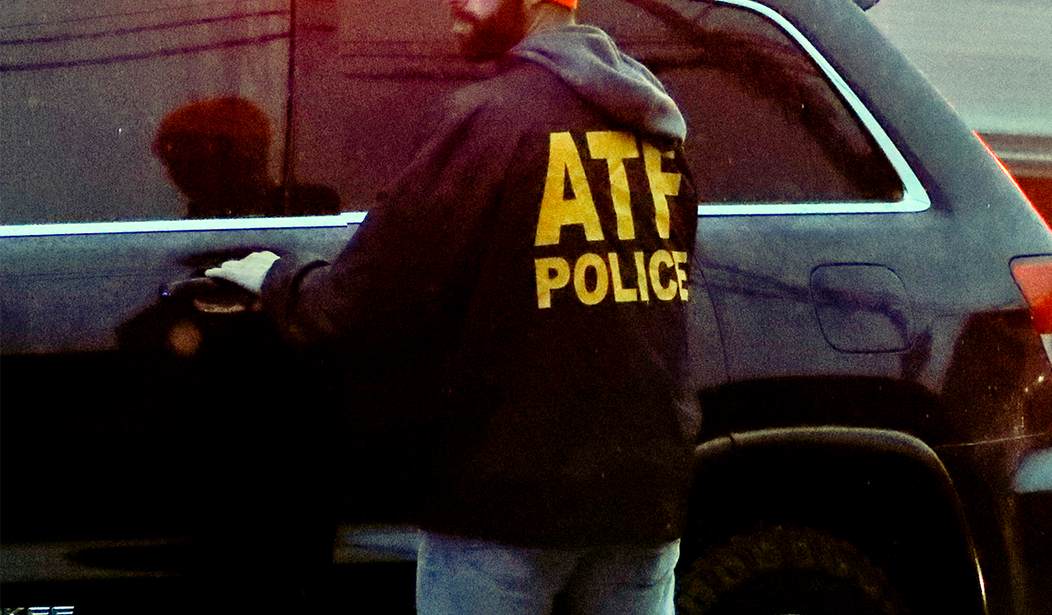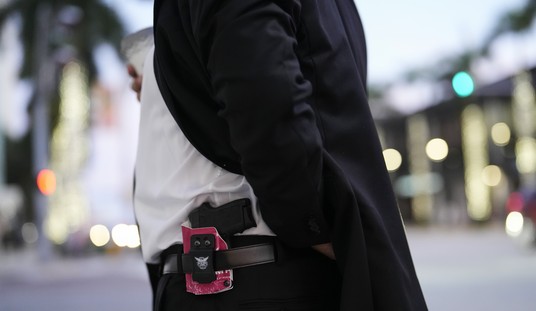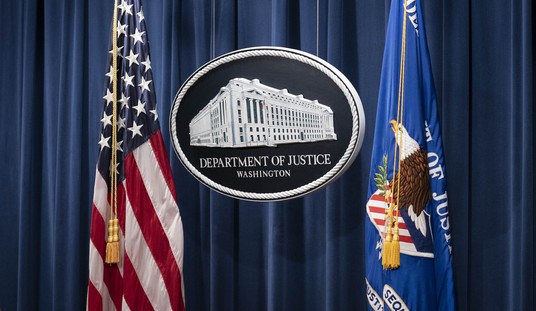The Bureau of Alcohol, Firearms, Tobacco and Explosives announced in late April 2025 that they’ve released their “Fact Sheet - Facts and Figures for Fiscal Year 2024.” The report offers an interesting glimpse into what the agency was doing last year.
Some of the data that’s within the report includes:
- Personnel numbers and agency budget.
- Case and defendant data in the various phases of the judicial process.
- Number of federal firearms licensees and licenses issued.
- Number of firearm compliance inspections and most frequently cited violations.
- Number of federal explosives licenses and permits issued.
- Number of explosives application inspections and most frequently cited violations.
- Number of firearm tracing requests processed.
- Ballistic imaging data that links violent crimes involving firearms and subsequently identifies firearm users.
- ATF laboratory accomplishments.
The report states that as of last year, there were 128,690 federal firearms licensees. Of those 128,690, 43,956 firearms licenses were issued in 2024, including FFL renewals.
Those 128,690 FFL holders were subjected to 9,696 compliance inspections. Of the 9,696 inspections, 5,207, or 54 percent, had no violations.
1,689 inspections resulted in a violation, however there was no indication of what those violations were. Nor was there a breakdown on any possible penalties. This data shows that 17 percent of all FFL inspections in 2024 resulted in a violation of some sort.
There were 195 license revocations in 2024. According to a report by the National Shooting Sports Foundation, there were 157 revocations in 2023. “That’s up from 88 licenses revoked in 2022,” stated Larry Keane, the senior vice president of the NSSF, in his report comparing 2022 to 2023. From 2023 to 2024, the U.S. saw 38 more revocations, a 24 percent increase.
In 2024, 1,488 FFLs either surrendered their licenses or went out of business. There was no further breakdown on how many were surrendered versus having gone out of business. Keane’s report said that 80 FFLs surrendered their licenses in 2023–an indication that potentially targeted FFLs were not interested in going through any amelioration process with the agency.
There were 24,208 criminal cases related to firearms that were initiated. Overall, the ATF recommended 11,189 defendants–of all infractions–for prosecution. Of the firearm cases, 7,432 were recommended for prosecution which yielded 4,774 indictments. From those indictments, 4,126 resulted in convictions.
The report noted that: “The data show an average of 6.48 prior arrests and 1.73 prior felony convictions per defendant recommended for prosecution.”
17 percent of firearm cases in 2024 that were initiated resulted in a conviction. Only 64 percent of recommended cases resulted in an indictment. However, the conviction rate on cases that were prosecuted is fairly high, at 86 percent.
According to a 2024 report on Federal Justice Statistics for 2022, the conviction rate in district court in the U.S. was 92 percent. That leaves a six point swing between ATFs’ 2024 conviction rate on firearm cases and the most recent federal average.
What kind of a workforce did these statistics include? According to the ATF, there were 5,322 full-time employees. Of those 5,322 employees, 2,572 special agents, 857 investigators, and 1,893 administrative/professional/technical.
That workforce cost taxpayers approximately $1.6 billion, the agency’s 2024 enacted budget.
Considering the current climate in Washington post January 20, it’s going to be interesting to compare this report to the 2025 report next year. Looking at the data, the ATF only seemed to hammer further down on their “zero tolerance” policy with FFLs–there was a 24% increase in license revocations from 2023 to 2024.
Will April 7’s announcement marking the end of the zero tolerance policy show meaningful change this time next year? We’ll be tracking the happenings at the ATF over the year and certainly report back when there’s more data available.








Join the conversation as a VIP Member